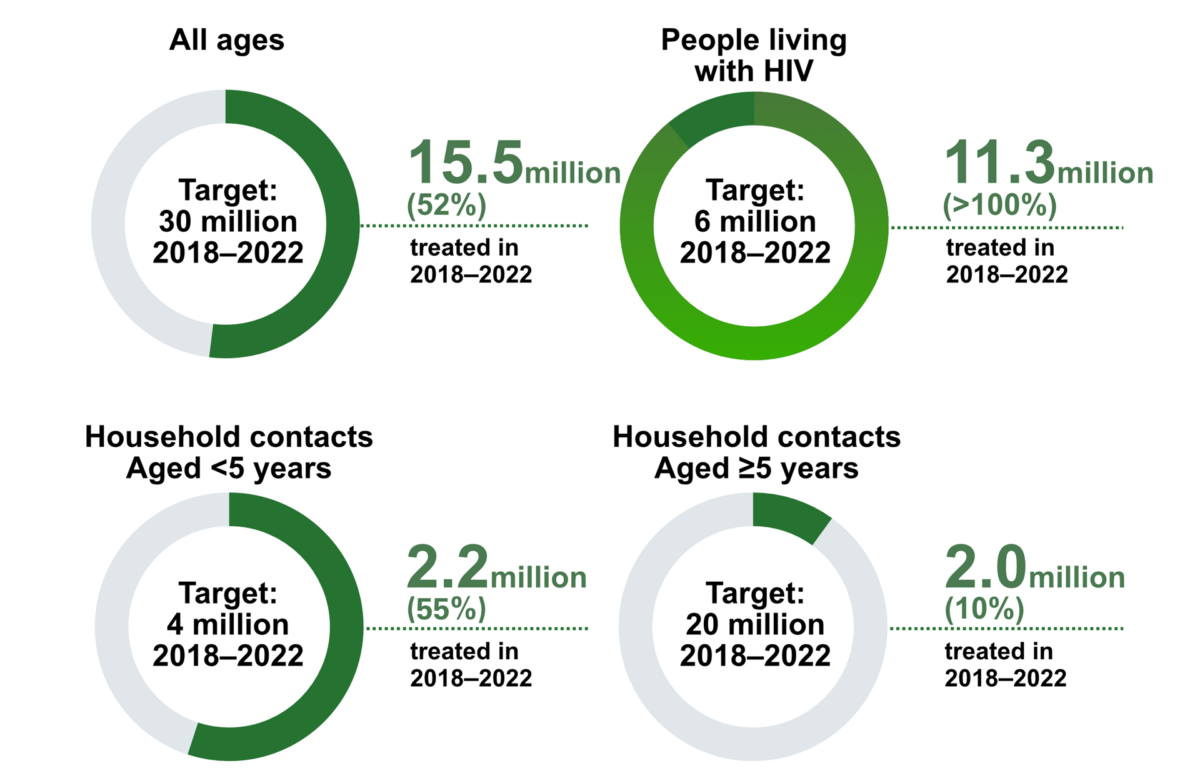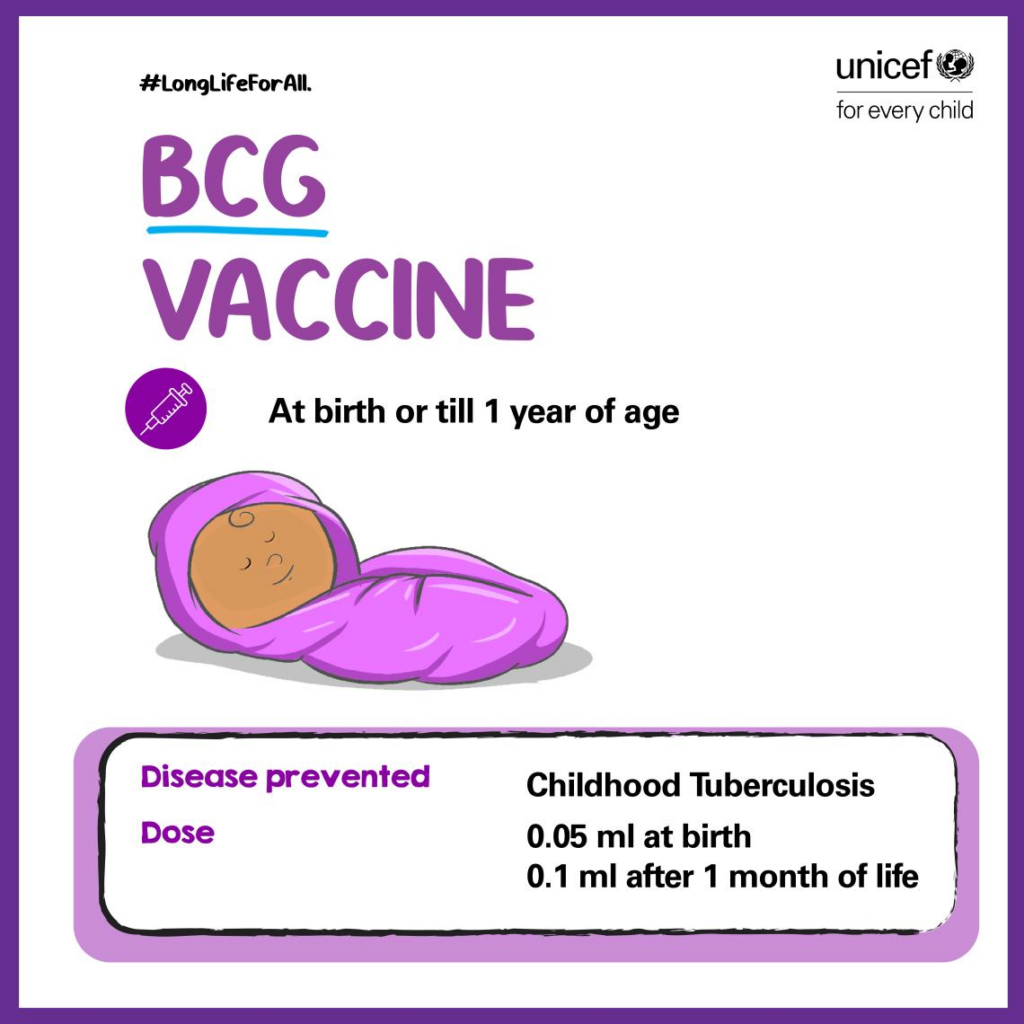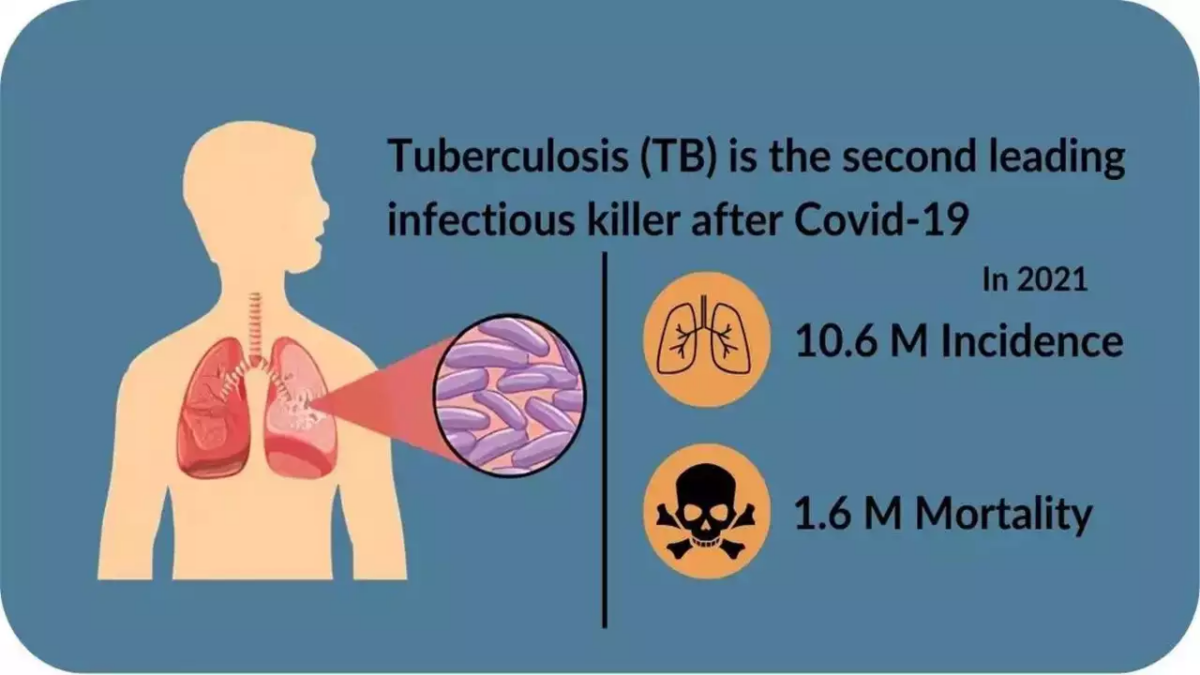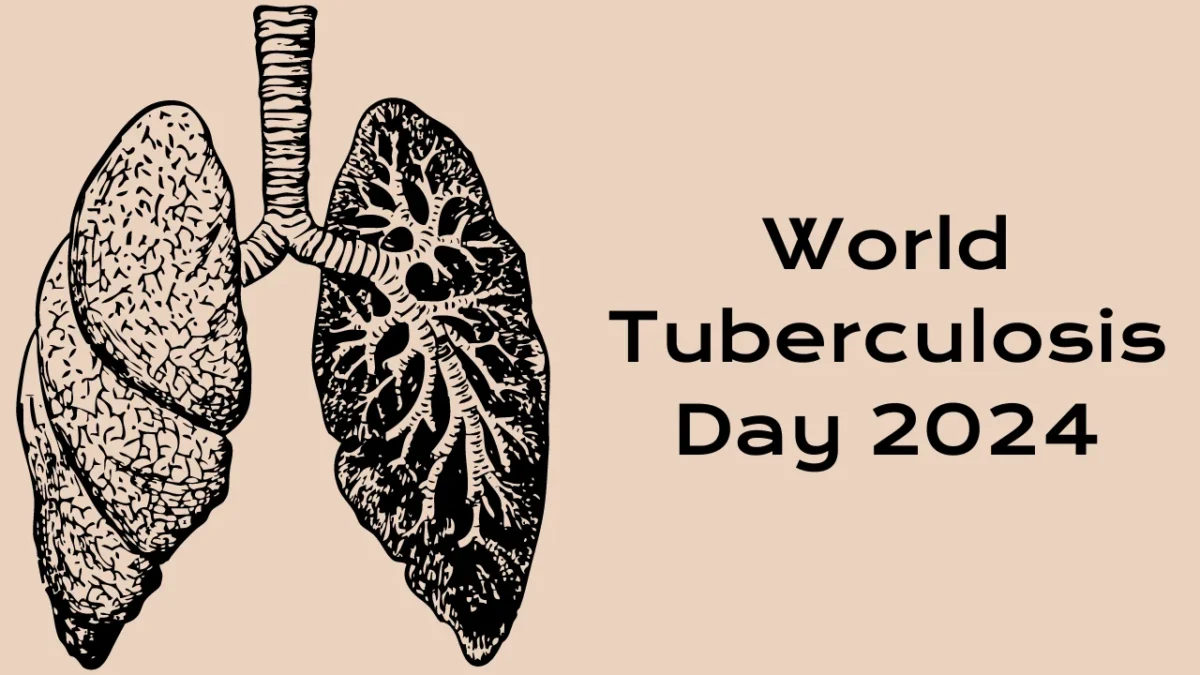Understanding the Global Challenge of TB

Tuberculosis is not just a disease affecting individuals; it is a significant global health challenge with far-reaching impacts. Millions of people worldwide are affected by TB each year, leading to substantial health complications and, in severe cases, death. The bacterium Mycobacterium tuberculosis, responsible for TB, primarily targets the lungs but can also affect other parts of the body. One of the most concerning aspects of TB is its mode of transmission, which occurs through the air when infected individuals expel respiratory droplets through coughing, sneezing, or even talking.
According to the World Health Organization (WHO), TB was responsible for 1.3 million deaths in 2022 alone. These statistics highlight the urgent need for effective prevention strategies, early detection,and timely treatment to curb the spread of TB and reduce its devastating impact on global health.
Here are some comprehensive Prevention Strategies to cure Tuberculosis
Universal BCG Vaccination:

The Bacille Calmette-Guérin (BCG) vaccine has been instrumental in preventing TB, particularly in children. Extensive research has shown that BCG vaccination significantly reduces the risk of TB infection for up to 15 years and offers protection against severe forms of the disease, especially in young children. Therefore, widespread vaccination efforts are crucial to control TB transmission, especially in regions with high prevalence rates.
Early Diagnosis and Prompt Treatment:
Timely detection of TB cases is paramount to prevent further transmission of the disease. Undiagnosed and untreated TB cases can rapidly spread the infection to others, making early testing and initiation of appropriate treatment essential. Effective treatment not only improves individual outcomes but also reduces the likelihood of infecting others, thus breaking the chain of transmission.
Improving Ventilation and Utilizing Natural Light:
Poorly ventilated spaces contribute significantly to TB transmission, as the bacteria can linger in the air for prolonged periods. Adequate ventilation in living and working environments helps dilute the concentration of TB bacteria, lowering the risk of transmission. Additionally, harnessing natural light, especially ultraviolet (UV) light, can have a bactericidal effect on TB bacteria, further reducing infection risks.
Promoting Good Hygiene Practices:
Simple yet effective hygiene measures, such as covering the mouth and nose when coughing or sneezing, play a crucial role in preventing TB transmission. Educating communities about the importance of good hygiene practices can significantly reduce the spread of TB bacteria.
Protective Measures in Healthcare Settings:

Healthcare environments pose a higher risk of TB transmission due to close patient contact. Implementing protective measures such as the use of respirator masks, effective ventilation systems, and isolation protocols for infectious patients is vital to protect healthcare workers and prevent TB spread within healthcare facilities.
Regular Screening and Immune System Maintenance:
Healthcare workers, due to their continuous exposure to TB patients, require regular screening for TB infection. Providing preventive treatment for those with latent TB infection is crucial to safeguard the health of healthcare professionals and prevent TB transmission in healthcare settings. Additionally, maintaining a healthy immune system through proper nutrition, exercise, and lifestyle choices can strengthen the body’s defenses against TB infection.
Significance of World Tuberculosis Day
World Tuberculosis Day, observed annually on March 24th, holds significant importance in raising global awareness about TB and mobilizing efforts to eliminate the disease. It commemorates the groundbreaking discovery of the TB-causing bacterium by Dr. Robert Koch in 1882, a discovery that paved the way for advancements in TB diagnosis and treatment.
The theme for World TB Day 2024, “Yes! We can end TB,” underscores the collective determination of healthcare professionals, policymakers, researchers, and communities worldwide to combat TB. It highlights ongoing efforts to eradicate TB through sustained initiatives, innovative research, and public health interventions aimed at reducing TB transmission, improving treatment outcomes, and ultimately achieving a TB-free world.
Conclusion

In conclusion, addressing the global challenge of tuberculosis requires a multifaceted approach encompassing vaccination, early diagnosis, prompt treatment, environmental improvements, hygiene promotion, and immune system support. World Tuberculosis Day serves as a reminder of the ongoing battle against TB and the collective efforts needed to achieve significant progress in TB prevention and control globally.




2 Comments
“Hi, I noticed that you visited my website, so I wanted to return the favor. I’m currently looking for ways to enhance my site, and I think it’s okay to incorporate some of your ideas. Thank you!”
Pingback: MTBVAC TB Vaccine Enters Phase 3 Trials in India